The National Holocaust Memorial in Amsterdam
The final excursion of the course Digital Humanities reflected on the use of digital strategies in museums. For more information ab
Our visit to the National Holocaust Museum in Amsterdam was a fitting way to end the Digital Humanities course. This course which is part of Museum, Heritage and Collections minor and also the Art History bachelor degree and it was through our studying of digital humanities that we were able to appreciate the strategies that museums use in order to create an immersive experience where education and interaction are at the forefront. The Museum’s use of film, audio and photography provided the opportunity for us visitors to really listen, see and understand the views of those who survived through the holocaust and those who didn’t. What they were subject to and their times in concentration camps are displayed through varying digital mediums. The harrowing nature of the material provided and the consumption of it through the digital strategies used should educate one and all. Reminding us of the horrific ignorance and atrocities of the past and how we cannot afford to for this to be repeated in future times, we have a responsibility to make sure we learn from history.

Personal accounts of the Hollandsche Schouwburg by Dutch Jews
The importance of this display lies in the way in which it is able to convey experiences of other human beings, of which images of the recounted events might not exist or be available. The audience visitors listen to the testimonies and are not able to select which ones to listen to, encouraging both personal reflection and group discussion. By human beings listening to testimonies of other human beings it gives a sense of communality. If these people went through these experiences, who is to say that other people in the future won’t do the same? It urges us to reflect on history and not repeat it.
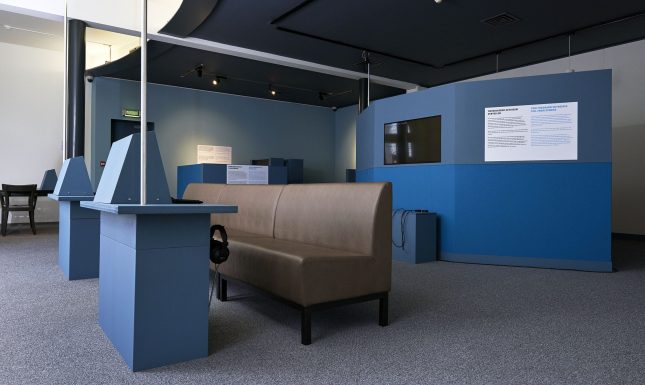
Testimonies by Holocaust survivors
They capture the attention of visitors and makes them engage with what is being told because the people recounting the events are those who experienced them directly. They hopefully make the visitors sympathize with their fellow human beings. The effects of these displays cannot be replicated by images or texts. The display conveys the experiences in a way that is striking for the visitors. They see their fellow human beings and how the Holocaust has impacted them. This display enables the visitors to choose how much of the testimonies they want to listen to offering plenty of material for further reflection. Here the individual experiences are those of individual Holocaust survivors and the collective message is one of the consequences of human ignorance.

A simulation of the concentration camp at Bergen-Belsen
This display provides an immersive experience in its basic architecture by almost cornering the visitor and displaying images in a panoramic style. The display allows a virtual exploration of the concentration camps. The visitor is able to see the landscape and environment of the camps. It’s very interactive. This evokes personal reflection and empathy by giving the visitor extracts of personal accounts of the prisoners and victims and the relationships the they had with specific parts of the camp. The VR shows a place that has a collective memory attached and it allows the visitor to delve into personal experiences and relationships with the camps from the perspective of a diverse group of people, this makes it easier for the audience to sympathise and critically engage. E.g. diary from young people, account about the elderly that died from exhaustion.

Interactive display about the ethics of including images of violence and brutality in museum displays
The display aims to make the intangible violent history of the holocaust available for consumption. It allows for information transference to be made in a smaller space. It includes interaction, and asks for the visitor’s opinion. The display forces the attentive visitor to think and engage critically. This display encourages both collective and individual reflection. It allows the visitor to discuss why it is important to display such images with their peers. There is one example of a small boy being experimented on which is extremely personal. The other pictures show many people at once undergoing trauma which is a collective experience.
Final reflection
Visitors should learn about the harrowing experience that a group of people were subject to merely due to their religion. They were persecuted and treated like animals due to the ignorance of humanity and a failure to really stand up to the fascism before it was too late. We are in danger of repeating the same mistakes, the rhetoric and language used in today’s global political discourse has racism and bigotry in an abundance, a selling point to disillusioned people. The District 6 Museum in Cape Town would also benefit from displaying the personal accounts of the consequences of apartheid. The same message should be taken away regarding how we cannot afford to return to a past that allows the persecution of people based on their race or religion.
For more information about the exhibition "Perspectives on the Holocaust" visit the website of the Jewish Cultural Quarter in Amsterdam.
About the author: My name is Albert Radford and I from the United Kingdom. After leaving Oakham School in the sleepy countryside county of Rutland, I spent the next two years working and travelling. My travels took me from Africa to the Middle East onto South East Asia and Indonesia. After the travelling drew to an end, I decided to enrol at Leiden University and I am currently in my 3rd year, majoring in International Studies with a focus on Africa and the French language. This programme afforded me the opportunity to do a minor in the 1st semester of this academic year. I had the pleasure of undertaking the Minor: Museums, Heritage and Collections and have really appreciated the opportunity to study topics and subjects not necessarily to do with my major, I think I have learnt things I perhaps would not have otherwise. As my bachelors enters the final stage with my thesis on the revolutionary philosopher Frantz Fanon is in its infancy, the future remains largely unclear with what I will do after graduation but what will remain is my love of Art, Politics, Literature, Travel and Cricket.

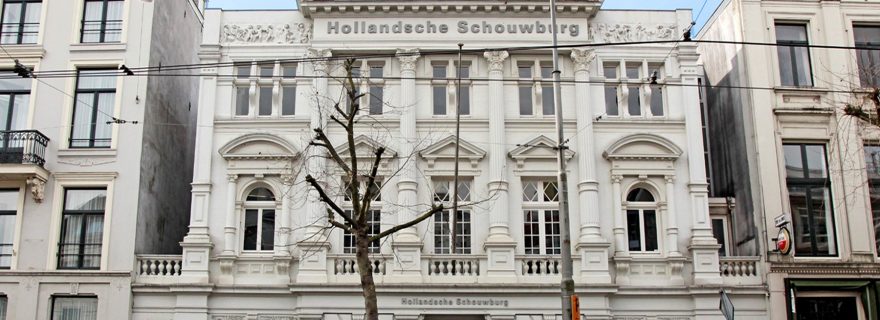
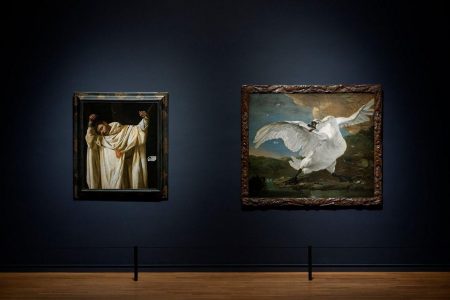
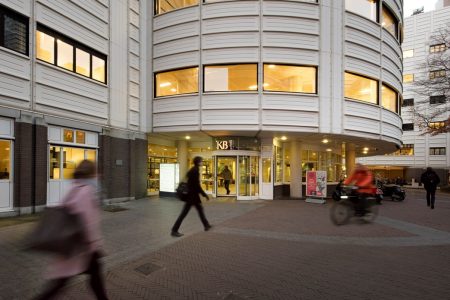
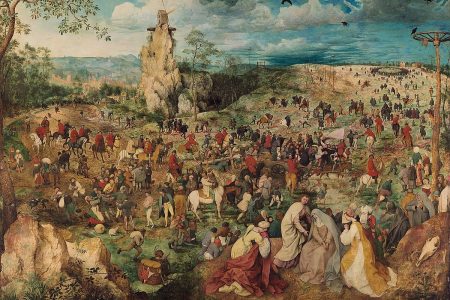
0 Comments